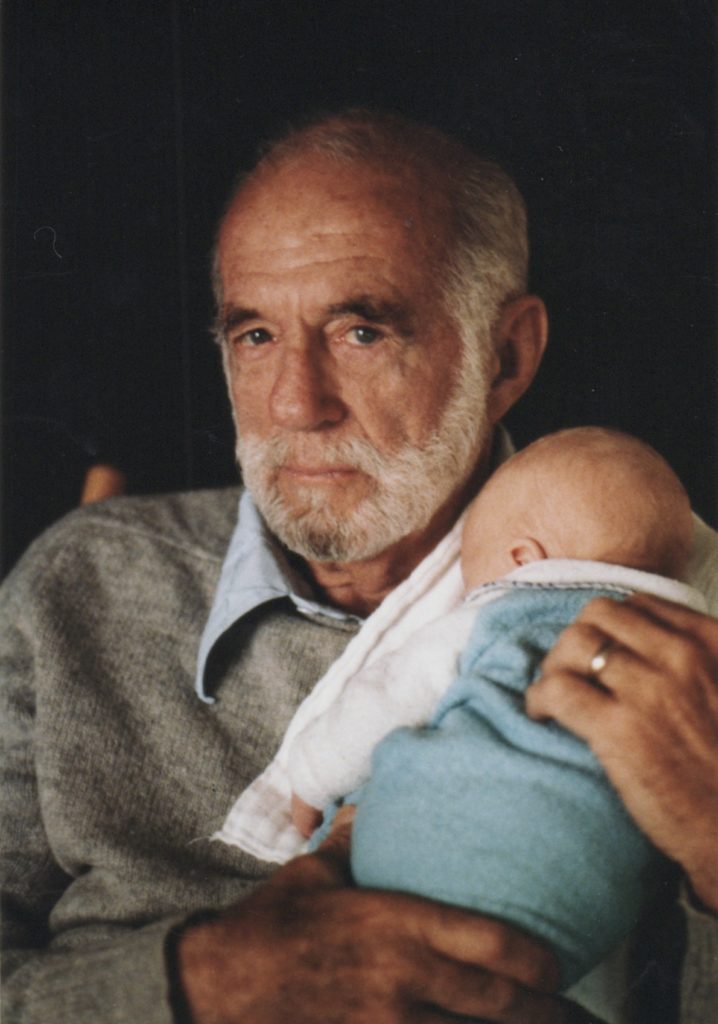Page 828
(b) Medication for ADHD:
When starting medication: You should be able to talk with the doctor or nurse practitioner, who is prescribing the medication, often before the planned follow-up visit (unless it’s really soon). It’s normal for parents to have questions and concerns.
Types of Medication:
There are two main medications for ADHD. They are methylphenidate and amphetamine.
Methylphenidate is the medication in Ritalin, Concerta, Metadate, Methyllin, and Focalin and other brands. Amphetamine is the medication in Adderall and Dexedrine and other brands.
Both methylphenidate and amphetamine are stimulants. They work by stimulating the part of the brain that controls attention, planning and decision-making.
Methylphenidate and amphetamine are very similar to each other. Some children respond better to one of them than to the other. Some children respond well to both. A few children (one in ten) do not respond well to either.
Good effects:
When they work, stimulants help children to focus their attention on tasks (school, chores), to think more before acting, and to control their bodies more (and be less overactive). Children are often also more agreeable (less back-talk), and their hand-writing often improves. They may get along better with other children. They often feel better about themselves.
Side effects:
Stimulants very often make a child feel like NOT eating. During the time the medicine is in effect, most children do not feel like eating much. Other common side effects are headaches and stomach aches (usually mild), tics (muscle twitches), over-serious behavior or flat emotions (“zombie effect”), and others. Almost all of these side effects go away when the dose is lowered. (The exception, rarely, is tics, which can persist.) When the medication wears off, some children get extra-hyper or emotional for about an hour. This problem is called rebound, and it often goes away after a dose change.
Dangers of these medications:
Serious, medically dangerous side effects are very rare. In early 2006, there was a report of 25 people (children and adults) who died suddenly while taking stimulants. Another 54 people had serious heart problems or strokes. It is not clear that the stimulants were to blame. At the same time as these events, millions of children were taking the medications without serious side effects. But, to be on the safe side, the prescribing doctor or nurse should take a careful medical history and examine your child regularly, and do other testing if it is needed.
Suicide risk:
These medications have not been reported to increase the risk of suicide. For older children with ADHD, in fact, the risk of suicide goes DOWN when then ADHD is treated appropriately.
Parent control:
It is always safe to stop these medications. There is no “withdrawal” and children don’t feel cravings for the medications (as they would for an opiate, for example).
Short and long-acting:
It takes about 30 minutes for the medication to get from the stomach into the bloodstream and up to the brain, where it takes effect.
Regular methylphenidate and Adderall last for about 4 hours. Metadate, Ritalin-LA (long-acting), and Adderall-XR (extended release) last about 8 hours. Concerta lasts about 12 hours.
Choosing the dose:
Some children are very sensitive to these medicines, some are not very sensitive. To find the right dose, it’s wise to start at a low dose and gradually work your way up, adjusting the dose every week.
You and your child’s teacher(s) can use a form provided by your child’s doctor to track how the medication is working, and know if a dose change is needed. The most commonly used forms are called “Vanderbilt” forms, names for the university where they were developed. The American Academy of Pediatrics makes these forms available to doctors.
Refills:
These medications are controlled substances. In most states, pharmacies will not accept phoned-in or electronic prescriptions for them. You must have the printed prescription. Plan ahead, so your child does not run out.
[This page was last updated by Robert Needlman, on 11-25-2018]

